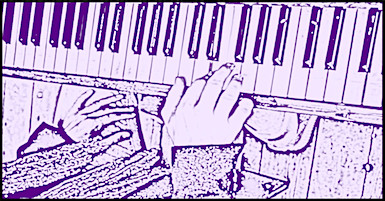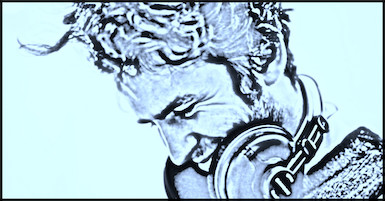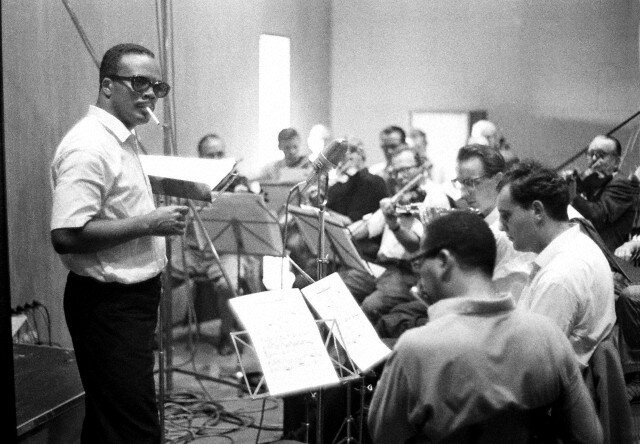Picture your songwriting career as a car. Just for fun, let’s say it’s a Ferrari. It might not feel like one right now but that’s because it’s not going anywhere very fast.
It could be that your car is driving in circles, starting and stopping, or stuck in neutral. Maybe the driver is asleep at the wheel or doesn’t know how to get where they’re going. Wouldn’t it be better if the driver woke up, checked the GPS, took hold of the wheel, and harnessed the power of that amazing engine to get to a real destination?
You are the car’s driver. The engine that powers this car is your Energy, Inspiration, Desire, and Excitement. There’s plenty of potential there but unless the you have a real idea where you’re going and how to get there, the car can’t take you there on its own.
Start your engine
A successful journey starts with a clear destination in mind. Do you want to…
- Have a career as a recording artist?
- Write songs for other people to sing?
- Write songs for film and TV?
- Be a songwriter-producer?
- Make money with your songs or write for friends, family, or your community?
Maybe you want to do all of these. Destinations can change, of course, but it’s a good idea to start your trip with one clearly in mind.
WRITE DOWN A DESTINATION YOU WANT TO REACH. If you can’t decide on just one, pick the one you want to go to first, then list the others.
The road starts at your front door. If you wait for someone to come along and pave a road just for you, it’ll never happen. You have to make your own road. At the end of this post, I’ve included four ideas to get you started.






